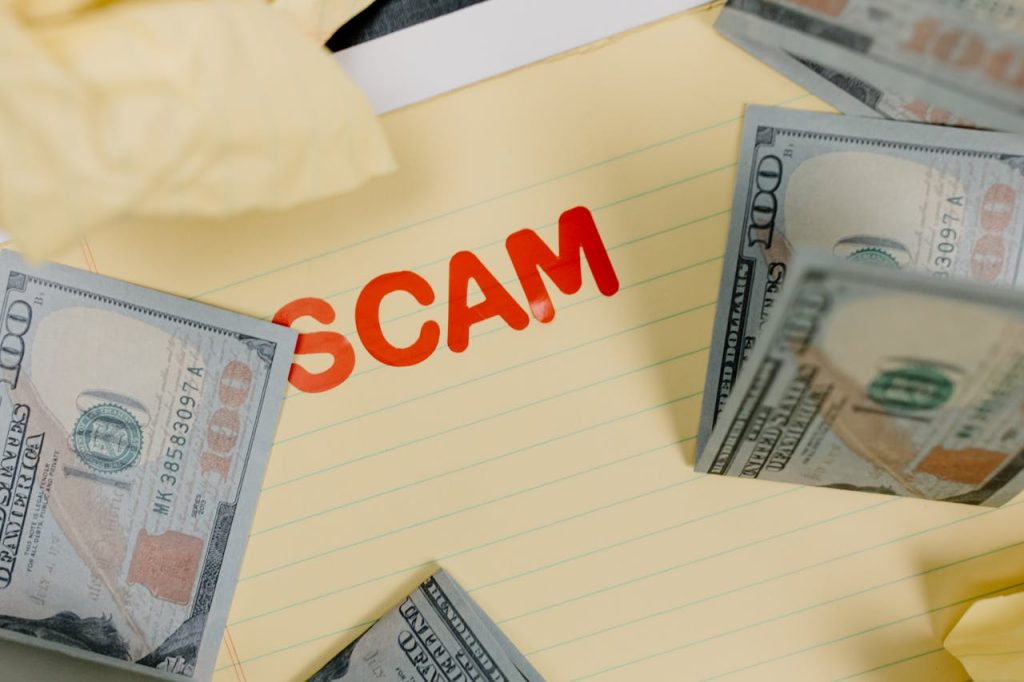
Ransomware is a type of malicious software that encrypts your files or locks your device, and demands a ransom — usually in cryptocurrency — to restore access. It’s one of the most profitable forms of cybercrime and affects everyone: individuals, small businesses, schools, hospitals, and governments.
Why It Matters?
A ransomware attack can:
- Paralyse access to important files
- Shut down business operations for days or weeks
- Cost thousands (or millions) in ransom payments and recovery
- Damage your reputation and customer trust
- Lead to permanent loss of critical data
🧠 Unlike other malware, ransomware doesn’t steal — it denies.
How Ransomware Works
- Delivery: Often through phishing emails, malicious attachments, or vulnerable software.
- Execution: Once opened, the malware encrypts your files — sometimes the whole system.
- Demand: You’ll see a message demanding payment to decrypt the files.
- Deadline: Many threats include a countdown or threat to delete files permanently.
💰 Payment is typically requested in Bitcoin or Monero, to avoid traceability.
Common Variants of Ransomware
- Crypto-ransomware: Encrypts files and demands payment for a decryption key
- Locker ransomware: Locks you out of the system entirely
- Double extortion: Criminals steal data and threaten to leak it if ransom isn’t paid
- Wiper malware: Disguised as ransomware, but permanently destroys files
📚 Example attacks: WannaCry, Ryuk, REvil, LockBit
How to Prevent Ransomware Attacks
✅ Practice Safe Email Use
- Don’t click on suspicious links or open unexpected attachments
- Be cautious with messages claiming urgency or fear
🔒 Use Security Software and Keep It Updated
- Enable antivirus and anti-malware tools
- Keep operating systems and apps patched
🧰 Enable Automatic Backups
- Use offline or cloud backups that are disconnected from your main system
- Tools: Backblaze, Acronis, [Mac Time Machine]
👥 Limit Admin Access
- Use non-admin accounts for daily work
- Apply the principle of least privilege
🛡️ Use a Firewall and Network Segmentation
Prevent ransomware from spreading across systems
What to Do If You’re Infected
Disconnect immediately – unplug the computer from the network
Do not pay the ransom (unless critically necessary — even then, it’s risky and not guaranteed)
Report the incident:
UK: Action Fraud
US: IC3 – FBI Internet Crime Complaint Center
Global: No More Ransom Project
Check for decryption tools
Use No More Ransom to see if a free decryptor exists
Wipe and restore from clean backups if necessary
Perform forensic analysis if you’re an organisation (to find the source and close the gap)
Useful Resources and Tools
ID Ransomware – Upload ransom notes to identify the malware
No More Ransom Project – Free tools and advice
